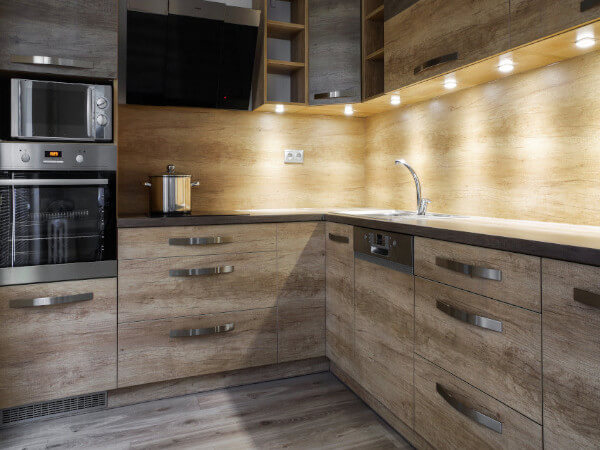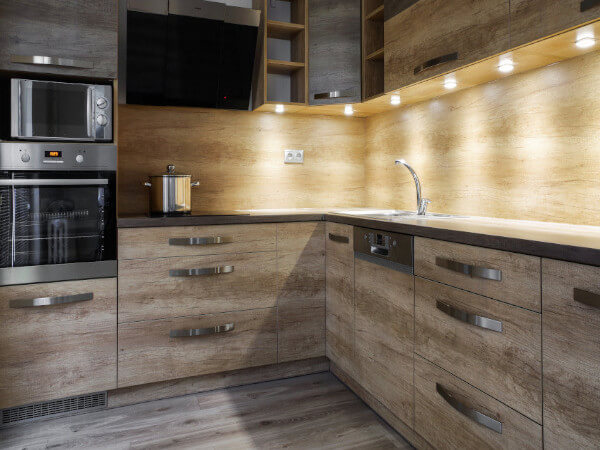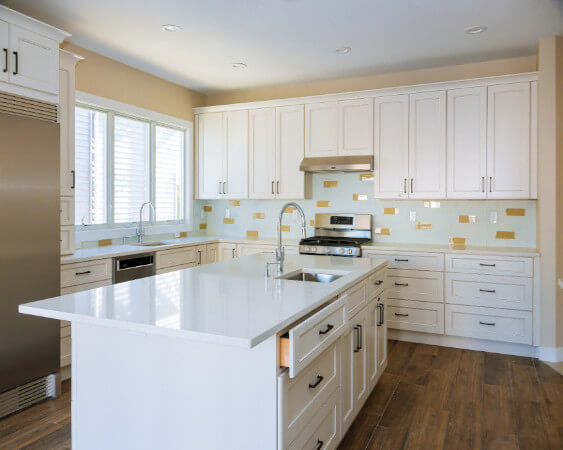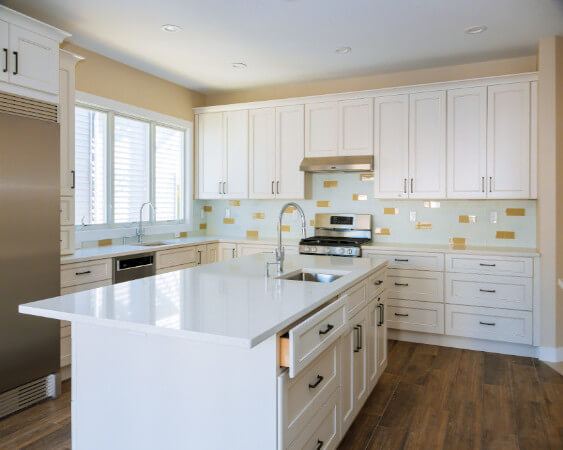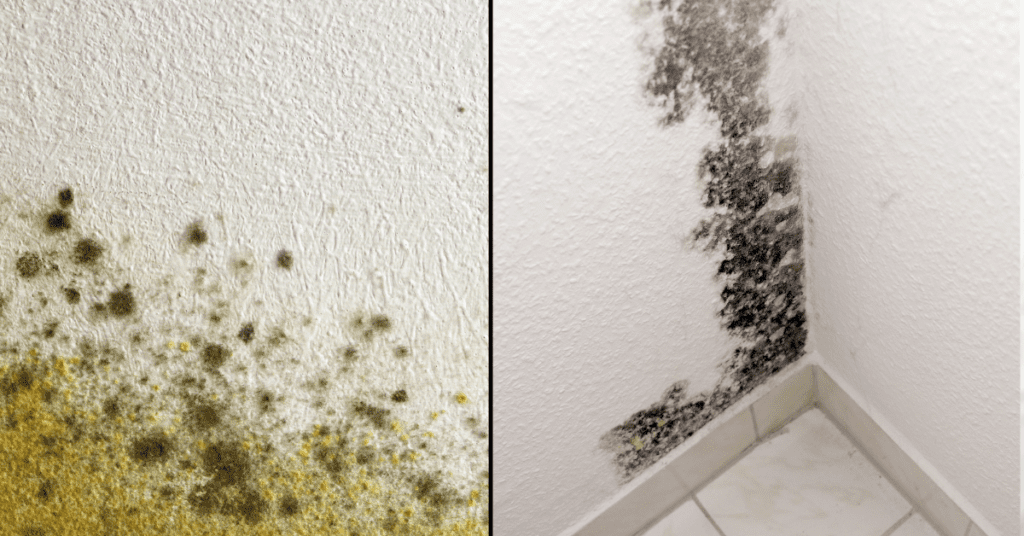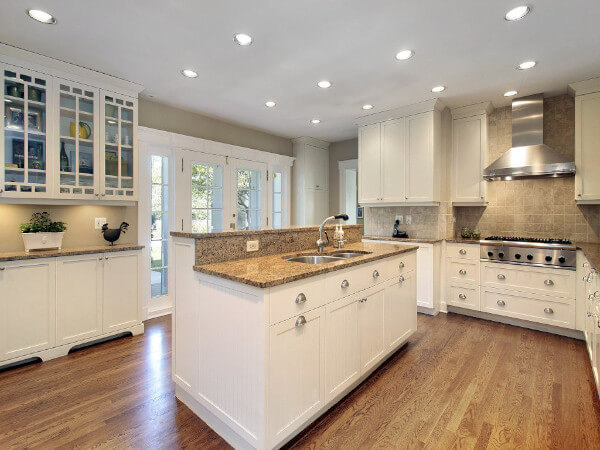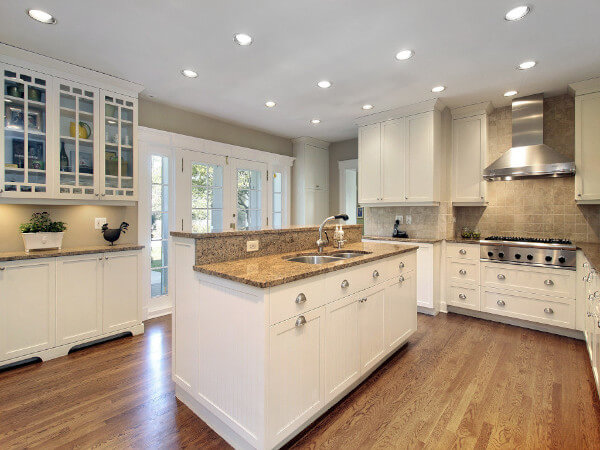Beautiful, fresh paint is the quickest way to make your house look new. But before you can enjoy that feeling of satisfaction, there are some steps you must take first.
In this article, we will discuss the easiest and fastest way to paint your house.
Get all the supplies you need
When learninghow to paint a house, one of the most important things to remember is to gather all of the supplies you will need before beginning. This includes items like primer, paint, a roller, a brush, and painter’s tape.
By having all of your supplies ready to go, you can minimize the time spent running back and forth between your house and the store.
Cover furniture and other items
If you have any furniture or other items in the way, be sure to cover them up with newspapers, tarps, or old sheets. This will protect them from paint splatters and drips.
Furthermore, it’s a good idea to cover your floors with either drop cloths, tarps, or old sheets as well. This will help keep your floors clean and protected from paint drips.
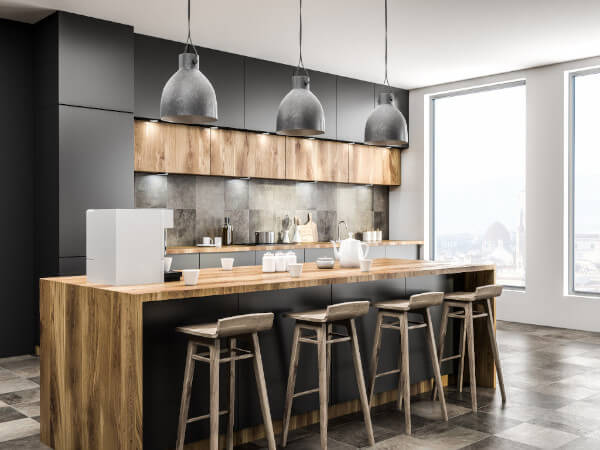
Image Credit: http://houselogic.com
pply primer
Before painting your house, it’s important to apply a primer to the surface. Primer helps the paint stick to the surface of the house better and it also helps to prevent the paint from chipping and peeling over time.
Make sure to read the instructions on the primer canister carefully so that you know how to apply it correctly.
Use painter’s tape
If there are any areas of your house that you don’t want to be painted, use painter’s tape to mask them off. This will help prevent paint from getting on those areas.
Be sure to use plenty of painter’s tape and make sure that it is securely attached to the surface.
Paint one section at a time
When painting your house, it’s important to paint one section at a time and then let it dry for at least 24 hours before moving on to the next section. This will help ensure that the paint dries properly and doesn’t chip or peel.
If you try to paint too many sections at once, the paint might not have ample time to dry and this could lead to it chipping or peeling more easily.
Remove the tape carefully
After you’re finished painting, be sure to remove all of the painter’s tape as carefully as possible so as not to damage any of the paint underneath.
The last thing you want is for your paint job to look worse than before. By taking your time and removing the tape slowly, you can make sure that this doesn’t happen.
If there are areas of paint that got damaged by the tape, use a small brush and some extra paint to touch them up. Touching up areas like these will help ensure that your whole house looks great after painting it. With these steps in mind, you should be well on your way to painting your house.
Choosing your paint color
Wonderinghow to choose your paint color? The truth is that when it comes to choosing a paint color, there’s no one-size-fits-all answer. It all depends on your personal preference and the look you’re going for.
That being said, some tips can help make the process a little bit easier. The steps will help you narrow down the options and make a decision that you’ll be happy with.
1. Choose a light or dark color
When it comes to painting colors, one of the easiest ways to decide is to choose between light or dark shades. Light colors will make a room feel brighter and more spacious, while dark colors can give a room a more cozy and intimate feeling.
2. Consider your surroundings
Another thing to consider when choosing a paint color is your surroundings. If your walls are already colored a certain way, you’ll want to choose a complementary color so that they don’t clash.
3. Think about the mood you want to create
Think about the mood you want to create in the room. Do you want it to be calming and relaxing, or more energetic and fun? This can help you decide on the right paint color.
4. Decide between cool or warm colors
Cool colors are blues, greens, and purples, while warm colors are reds, oranges, and yellows. Cool colors are often seen as more calming, while warm colors can give a room a more energizing feeling.
5. Experiment with different shades
Once you’ve narrowed down your options, it’s always a good idea to experiment with different shades of the color you’ve chosen. This will help you find the perfect one for your space.
By following these simple steps, you’ll be able to choose the perfect paint color for your home.
Painting an exterior or interior house
Painting your house can make it look better and increase its value. However, choosing the right paint color is only half the battle. The other half is obviously the painting of the house.
If you’re painting your exterior house, there are a few things to keep in mind. First, you’ll need to make sure that the surface is clean and dry before you start painting. You’ll also need to use a primer to help the paint stick to the surface better.
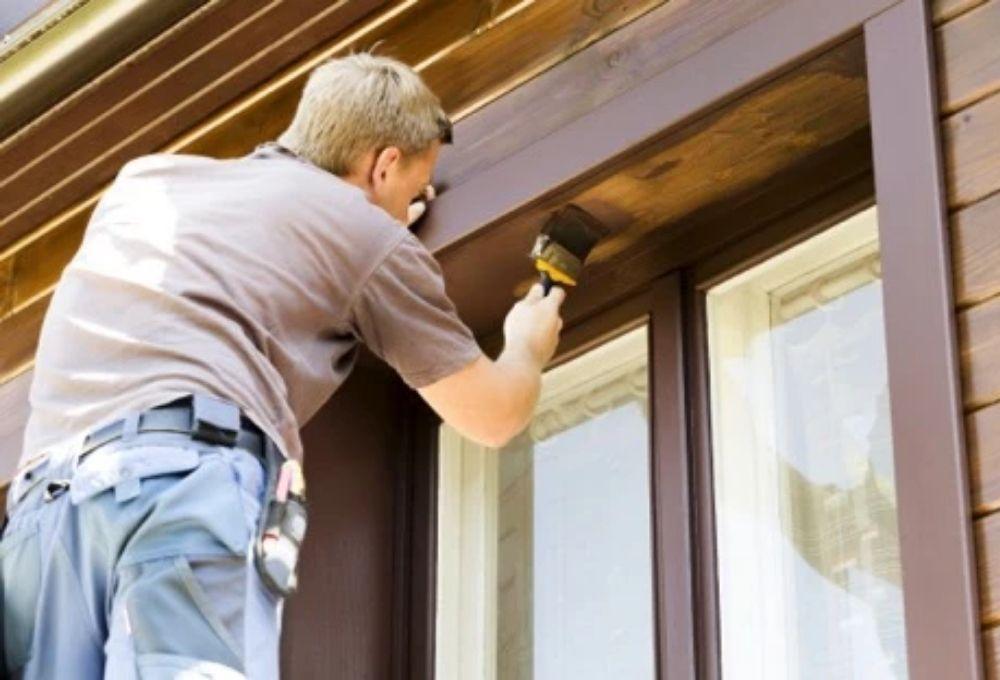
Image Credit: http://ricciardibrothers.com
Once you’ve done that, it’s time to start painting. Be sure to use long, even strokes and avoid painting over the same area more than once. This will help prevent paint from dripping and create a smooth, even finish.
Once you’re finished, allow the paint to dry for at least 48 hours before moving on to the next section.
If you’re painting your interior house, the process is a bit simpler. You’ll still need to make sure that the surface is clean and dry before you start painting, but you won’t need to use a primer.
Painting your interior house is a lot like painting your exterior house – you’ll want to use long, even strokes and avoid painting over the same area more than once.
Easiest Fastest Way To Paint A House – FAQ
What is the easiest way to paint a house?
The quickest and easiest way to paint a house is by using a sprayer. A sprayer will allow you to quickly and evenly cover the surface with paint.
Which is better, painting by brush or spraying?
Painting by brush will give you a more even finish than spraying; however, it will be much slower. Spraying will give you a less even finish than brushing, but it will be much faster.
Do I need any special equipment to use a sprayer?
No special equipment is needed to use a sprayer. You will, however, need to purchase a sprayer that is compatible with the type of paint you are using.
Can I use a sprayer to paint the inside of my house?
Yes, you can use a sprayer to paint the inside of your house. However, you will need to take precautions to avoid getting paint on surfaces that you do not want to be painted. For example, you will need to cover furniture and floors with plastic sheeting.
How long will it take me to paint my house using a sprayer?
It will usually take between two and four days to paint a house using a sprayer. The time required will vary depending on the size of the house and the type of paint being used.
Can I use a sprayer to paint trim or cabinets?
Yes, you can use a sprayer to paint trim or cabinets. However, you will need to take precautions to avoid getting paint on surfaces that you do not want to be painted. For example, you will need to cover furniture and floors with plastic sheeting.
What are the dangers of using a sprayer?
The main danger of using a sprayer is the possibility of getting paint in your eyes. You should always wear safety goggles when using a sprayer. You should also make sure to keep the area where you are spraying clear of people and pets.
Final Thoughts On The Easiest Fastest Way To Paint A House
In conclusion, there are a few things to keep in mind when painting your house. First, using a professional painter can save you time and hassle. Second, choosing the right paint color can make your house look great. Finally, using the right tools and techniques can make the job easier and faster. By following these tips, you can pain your house quickly and easily.
The post The Easiest Fastest Way To Paint A House appeared first on Kitchen Infinity.
Did you miss our previous article…
https://chefbuano.com/?p=1003

